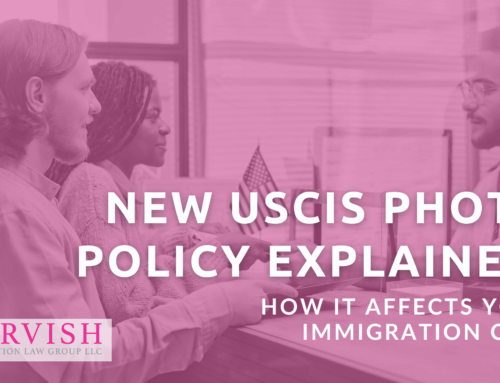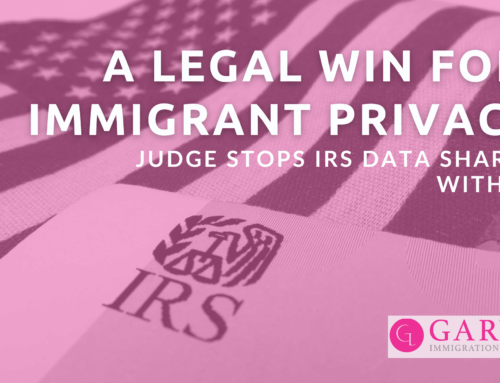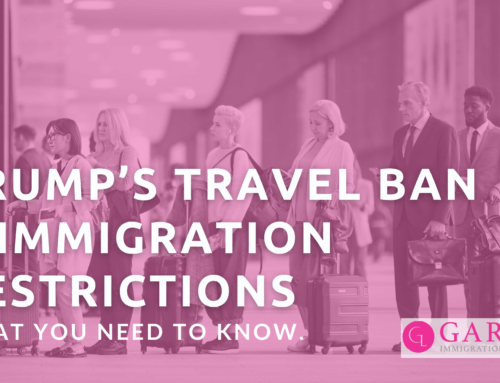The Department of Homeland Security (DHS) has released a proposal that could dramatically change how H-1B cap registrations are chosen in the annual lottery. Instead of the current system, where all eligible registrations are entered once and selected randomly, the new approach would give preference to higher-wage positions—what officials call prioritizing the “best and brightest.”
Background: The Current Lottery
Each fiscal year, 85,000 new H-1B visas are available. For years, demand has far exceeded supply, leading U.S. Citizenship and Immigration Services (USCIS) to run a lottery system. Under the current process, every valid registration submitted during the cap season has the same chance of being selected, regardless of wage level.
The Proposed Shift: From Random to Weighted Selection
DHS now wants to adjust the process so that higher salaries receive greater weight in the lottery. Employers submitting registrations would need to include prevailing wage information for the offered role, specifically identifying the highest Occupational Employment and Wage Statistics (OEWS) wage level they are meeting or exceeding.
Here’s how the weighting would work under the new system:
- Wage Level 4: Entered four times
- Wage Level 3: Entered three times
- Wage Level 2: Entered twice
- Wage Level 1: Entered once
This means that positions with higher skill requirements and compensation would have a far greater chance of selection than entry-level roles.
Safeguards and Documentation Requirements
If a registration is chosen, the petition filed with USCIS must exactly match the details provided during registration. Employers will also be required to submit evidence supporting the wage level claimed. USCIS would have authority to deny or revoke petitions if it finds discrepancies or attempts to manipulate wage levels to improve selection odds.
Who Benefits Most?
The weighted system is designed to favor higher-paying positions. According to DHS estimates, the likelihood of selection would shift significantly:
- Level 1 registrations: 48% decrease
- Level 2 registrations: 3% increase
- Level 3 registrations: 55% increase
- Level 4 registrations: 107% increase
The rule is still in the proposal stage, with public comments open until October 24, 2025. If adopted, the changes would likely apply beginning with the FY 2027 H-1B cap season in March 2026.
Preparing for What’s Ahead
Employers should start reviewing how this rule could affect their workforce planning. Key steps include:
- Evaluate wages: Consider whether wage adjustments are possible for critical roles currently at Level 1.
- Explore alternatives: Identify other visa pathways for positions less likely to succeed under the weighted system.
- Strengthen compliance: Maintain detailed wage documentation to substantiate registrations.
The Bigger Picture
This proposal underscores a broader federal push to reform the H-1B program by aligning it more closely with labor market priorities and incentivizing higher compensation. Employers who adapt early—by offering competitive salaries and ensuring meticulous compliance—will be better positioned in the new environment.
About the Author
Elizabeth Garvish
Elizabeth L.A. Garvish founded Garvish Immigration Law Group, LLC in 2011 after practicing immigration law in small boutique firms, big law and nonprofits. Elizabeth is a frequent speaker and presenter on entrepreneurship and U.S. immigration topics around the world. She is an active member of the American Immigration Lawyers Association (AILA) and serves on various national committees and is the Past Chair of the Georgia-Alabama Chapter of AILA. Elizabeth is also a certified member of the EO Global Speakers Academy.




